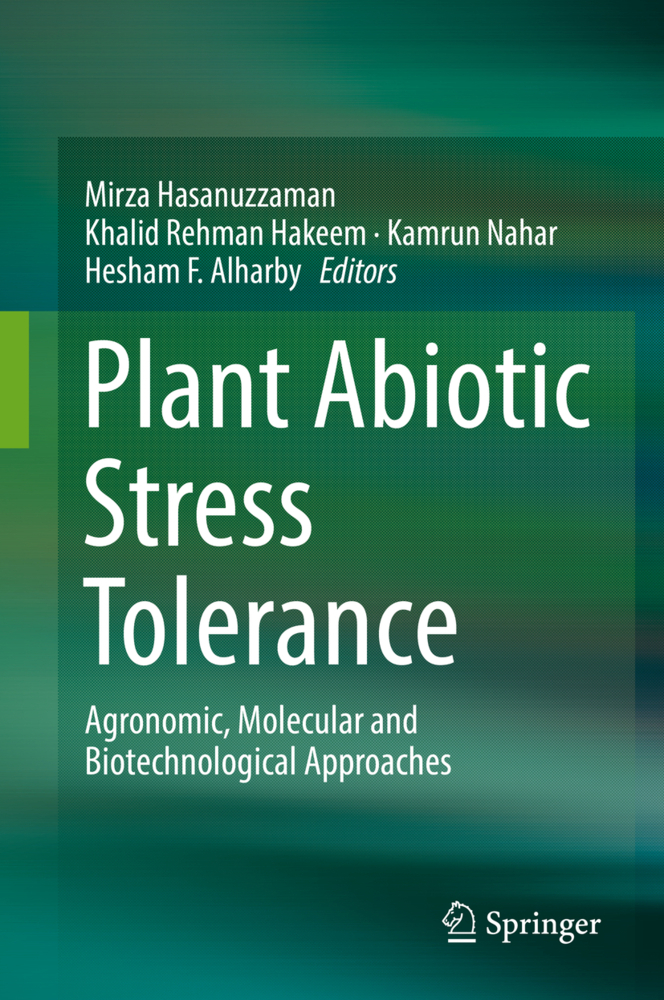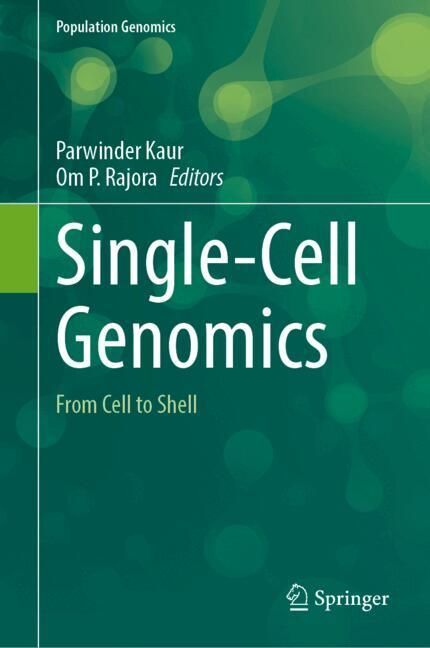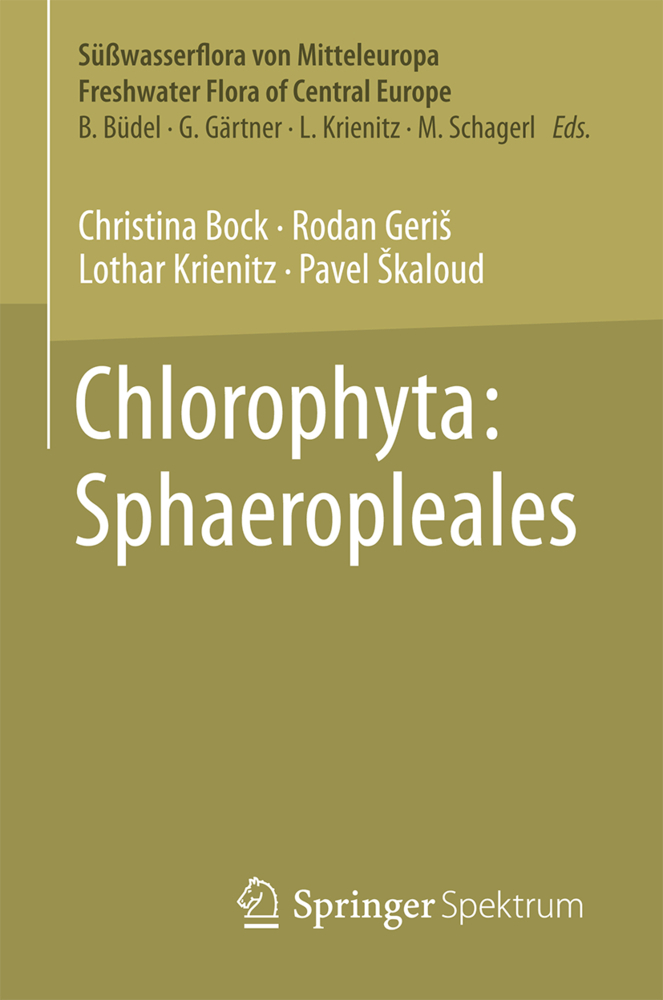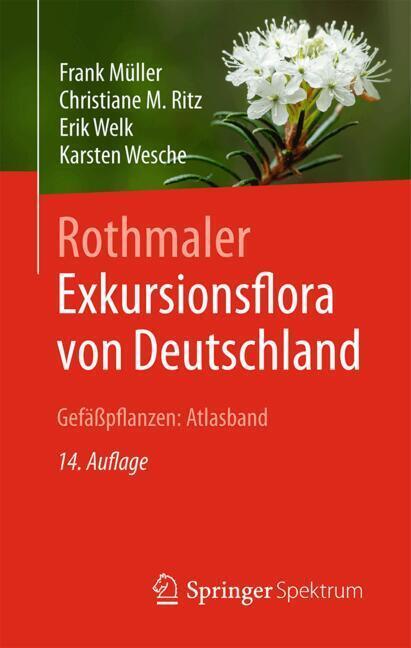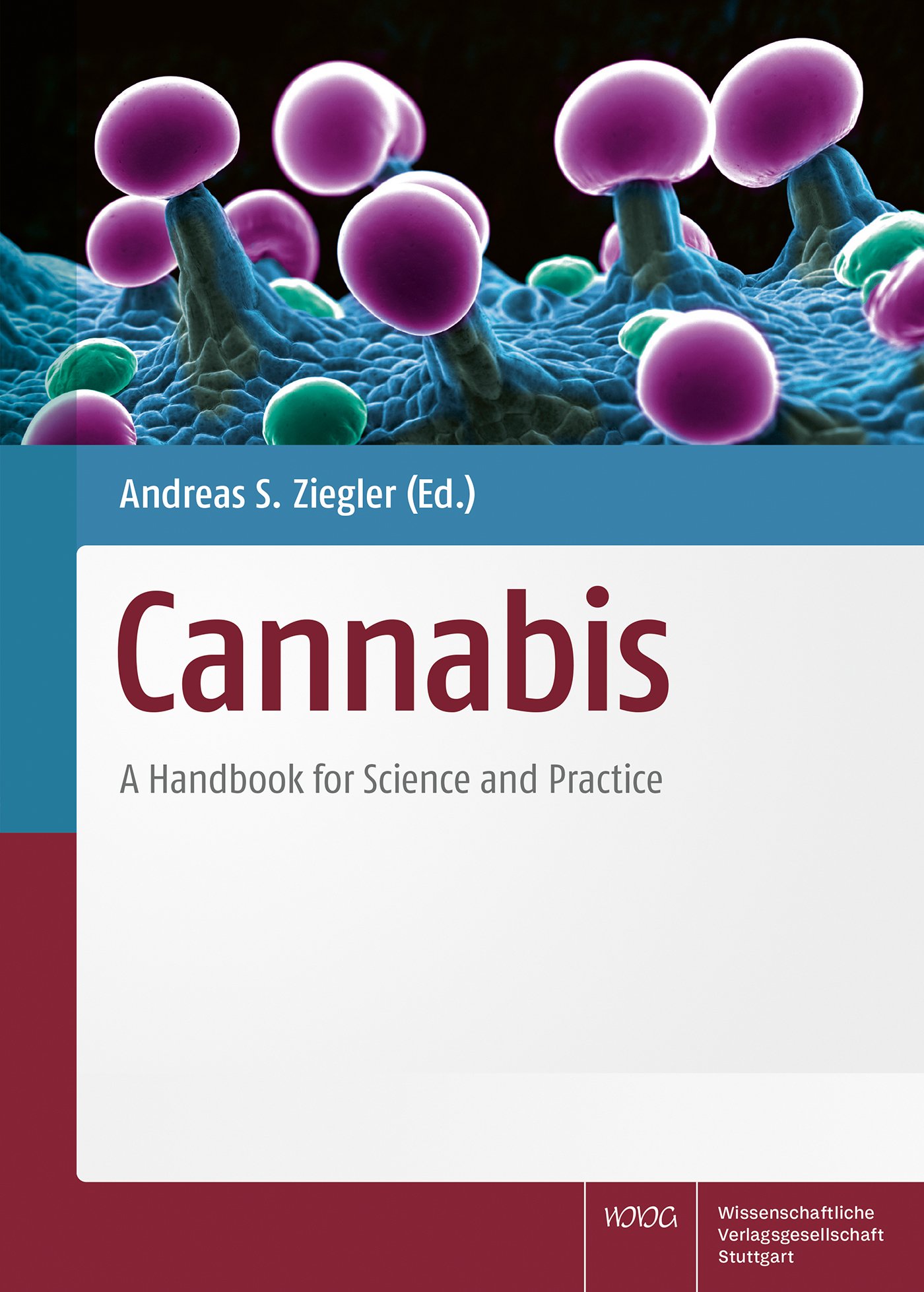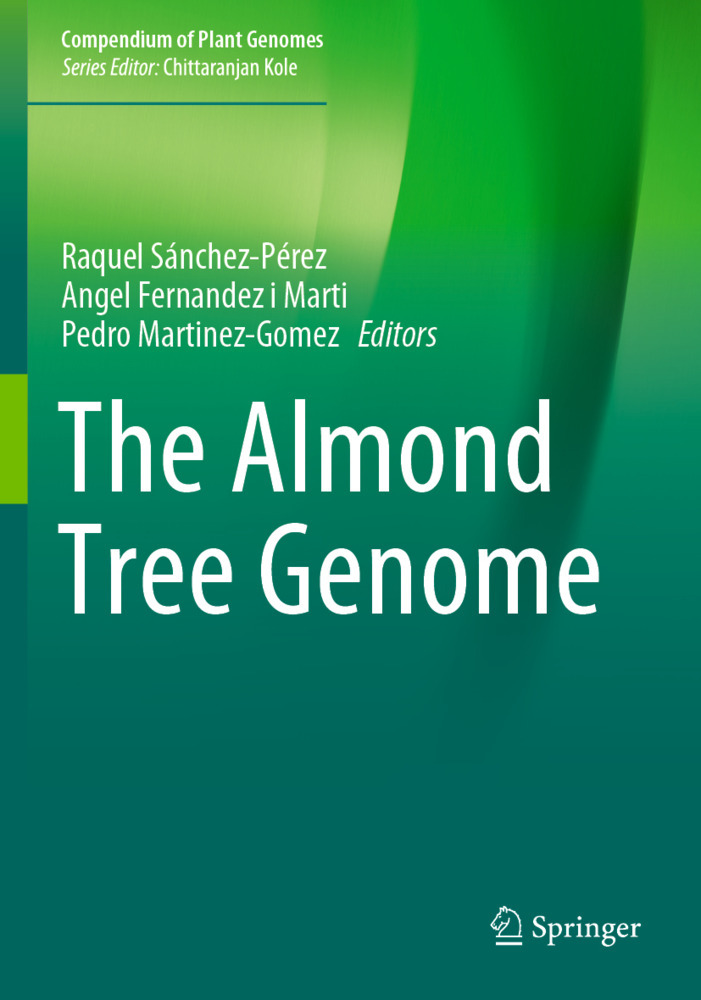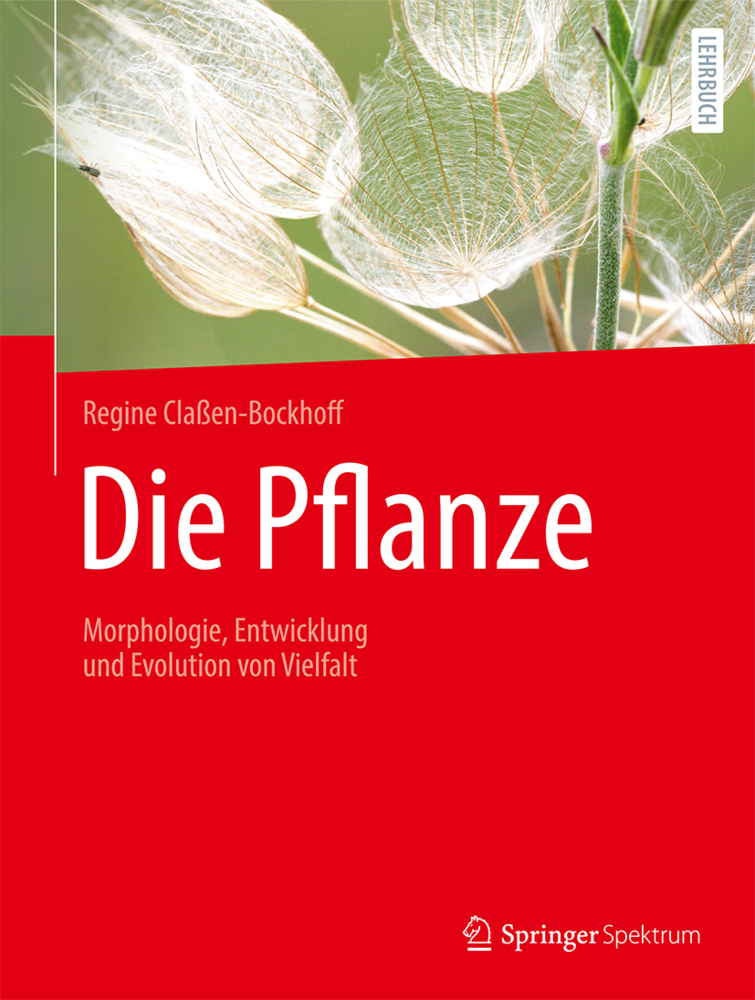Plant Abiotic Stress Tolerance
Plants have to manage a series of environmental stresses throughout their entire lifespan. Among these, abiotic stress is the most detrimental; one that is responsible for nearly 50% of crop yield reduction and appears to be a potential threat to global food security in coming decades. Plant growth and development reduces drastically due to adverse effects of abiotic stresses. It has been estimated that crop can exhibit only 30% of their genetic potentiality under abiotic stress condition. So, this is a fundamental need to understand the stress responses to facilitate breeders to develop stress resistant and stress tolerant cultivars along with good management practices to withstand abiotic stresses. Also, a holistic approach to understanding the molecular and biochemical interactions of plants is important to implement the knowledge of resistance mechanisms under abiotic stresses. Agronomic practices like selecting cultivars that is tolerant to wide range of climatic condition, planting date, irrigation scheduling, fertilizer management could be some of the effective short-term adaptive tools to fight against abiotic stresses. In addition, "system biology" and "omics approaches" in recent studies offer a long-term opportunity at the molecular level in dealing with abiotic stresses. The genetic approach, for example, selection and identification of major conditioning genes by linkage mapping and quantitative trait loci (QTL), production of mutant genes and transgenic introduction of novel genes, has imparted some tolerant characteristics in crop varieties from their wild ancestors. Recently research has revealed the interactions between micro-RNAs (miRNAs) and plant stress responses exposed to salinity, freezing stress and dehydration. Accordingly transgenic approaches to generate stress-tolerant plant are one of the most interesting researches to date.
This book presents the recent development of agronomic and molecular approaches in conferring plant abiotic stress tolerance in an organized way. The present volume will be of great interest among research students and teaching community, and can also be used as reference material by professional researchers.
Preface-foreword-dedication-1.Maize production under salinity and drought condition: Oxidative stress regulation by antioxidant defense and glyoxalase systems- 2.Plants behavior under soil acidity stress: Insight into morphophysiological, biochemical and molecular responses - 3.Salinity -a major agricultural problem: causes, impacts on crop productivity and management strategies - 4.Salinity stress tolerance in plants - Physiological, Molecular and Biotechnological Approaches - 5.Water Deficit Stress Effects and Responses in Maize - 6.Temperature extremes: Impact on rice growth and development - 7. Submergence stress in Rice: Physiological disorders, Tolerance Mechanisms, and Management - 8.Oxidative stress and antioxidant defense mechanism in plants under salt stress- 9.Oxidative stress and antioxidant defense in plants under drought- 10.Reactive oxygen species metabolism and antioxidant defense in plants under metal/metalloid stress - 11.Reactive Oxygen Species Signaling in Plants -12.Role of Selective Exogenous Elicitors in Plant Responses to Abiotic Stress Tolerance - 13.Calcium-mediated growth regulation and abiotic stress tolerance in plants - 14.Silicon - A Sustainable Tool in Abiotic Stress Tolerance in Plants - 15.Response of Gerbera (Gerbera jamesonii) Plants to Different Salinity Levels and Leaching Ratios on Soilless Culture - 16.Crosstalk of nitric oxide and reactive oxygen species in various processes of plant development: Past and present - 17.Ameliorative capability of Plant growth promoting rhizobacteria (PGPRs) and arbuscular mycorrhizal fungi (AMF) against salt stress in plant - 18.Plant MIRnome: miRNA Biogenesis and Abiotic Stress Response
Hasanuzzaman, Mirza
Hakeem, Khalid Rehman
Nahar, Kamrun
Alharby, Hesham F.
| ISBN | 978-3-030-06117-3 |
|---|---|
| Artikelnummer | 9783030061173 |
| Medientyp | Buch |
| Copyrightjahr | 2019 |
| Verlag | Springer, Berlin |
| Umfang | XXIX, 490 Seiten |
| Abbildungen | XXIX, 490 p. 41 illus., 26 illus. in color. |
| Sprache | Englisch |

